Digital Dentistry
Digital Dentistry
Department of Digital Dentistry was founded on May 1, 2021, and is responsible for digital dentistry research, clinical practice, and teaching. "Digital dentistry" is an interdisciplinary field consisting of dentistry and engineering. This department provides a smooth connection between clinical dentistry and digital devices (hardware and software) in the field of engineering, and educates and trains individuals in research, clinical practice, and education.
Department of Digital Dentistry was founded on May 1, 2021, and is responsible for digital dentistry research, clinical practice, and teaching. "Digital dentistry" is an interdisciplinary field consisting of dentistry and engineering. This department provides a smooth connection between clinical dentistry and digital devices (hardware and software) in the field of engineering, and educates and trains individuals in research, clinical practice, and education.
Staff
Professor: Manabu Kanazawa
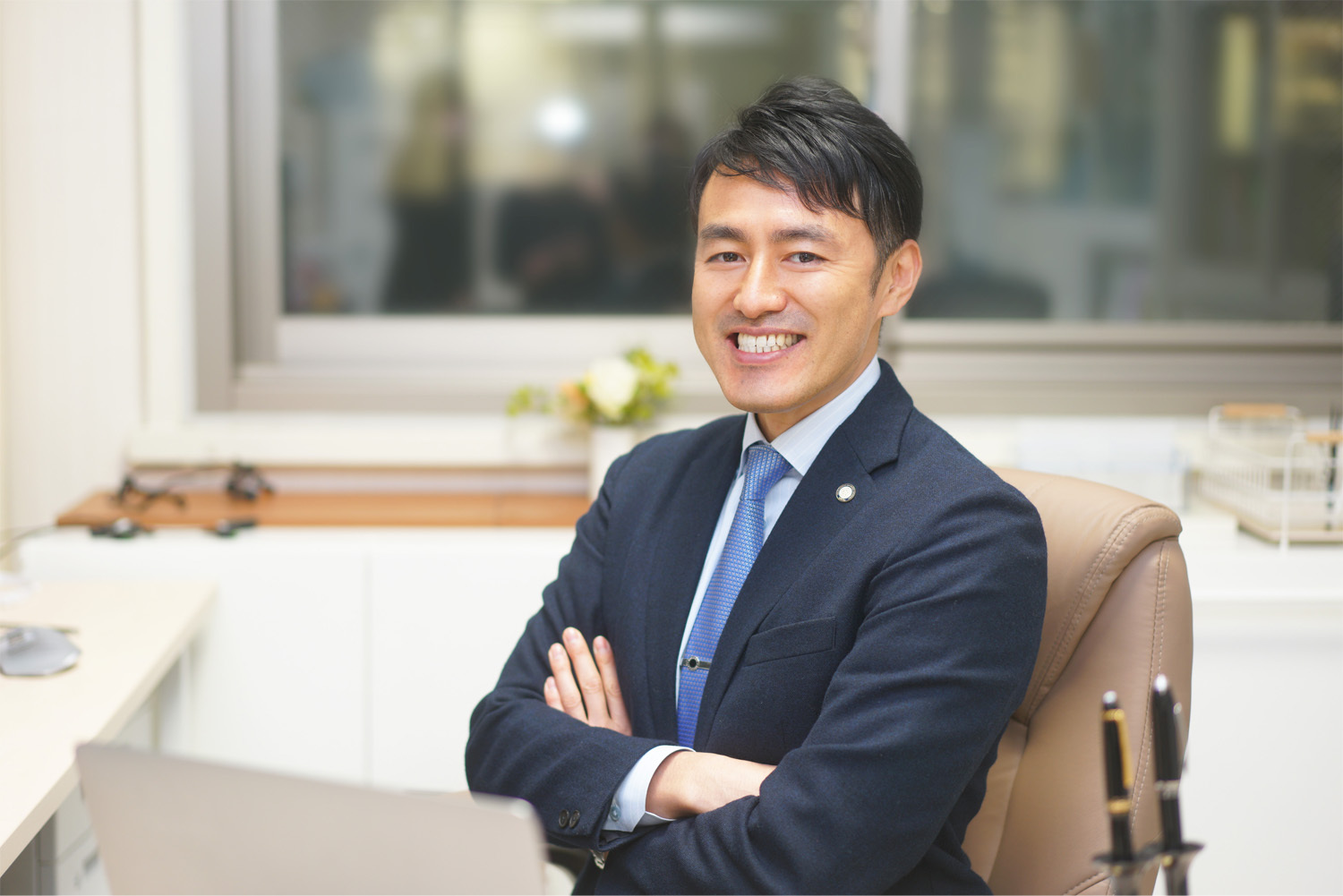
Associate Professor: Maiko Iwaki
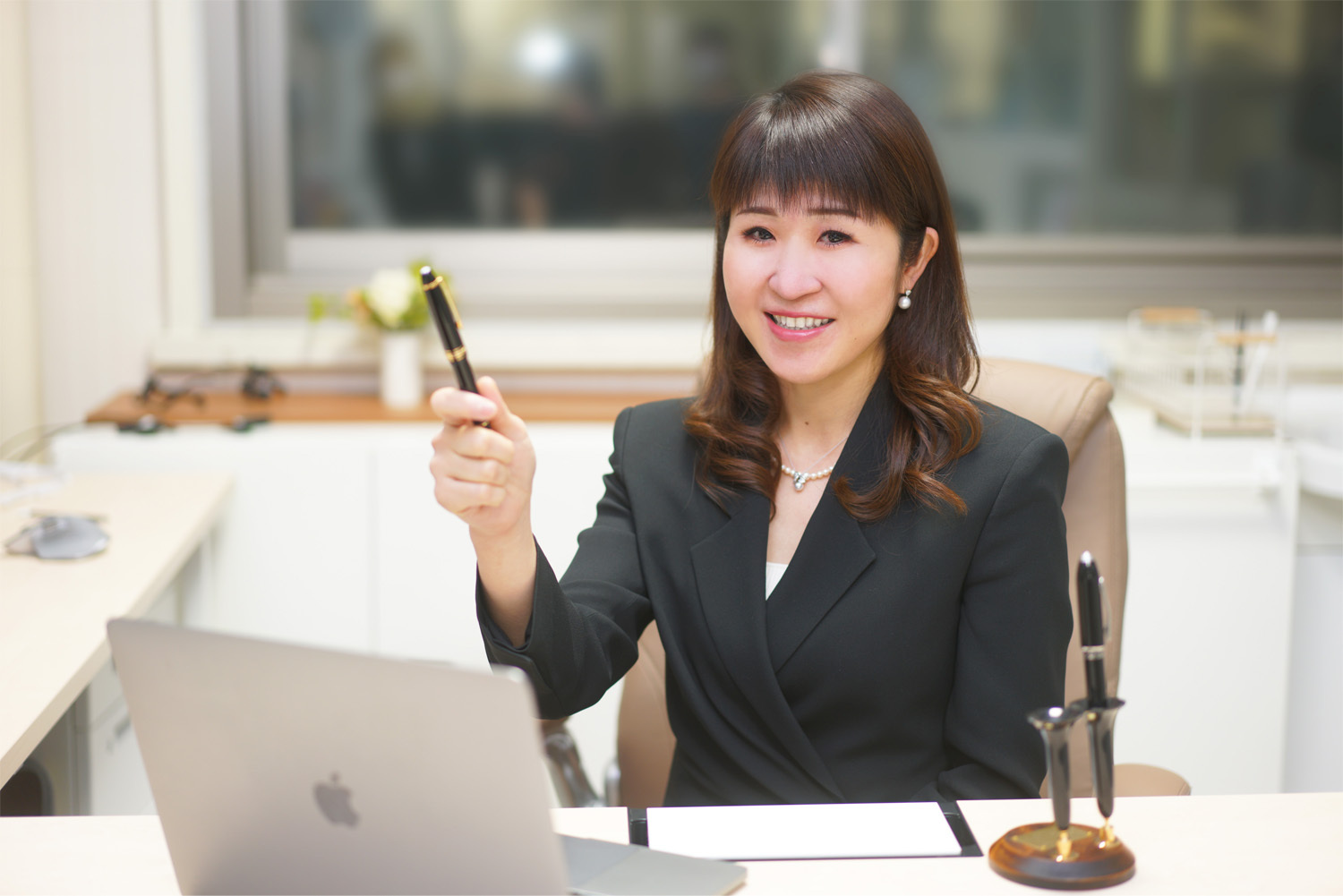
Assistant Professor: Yumi Tsuchida
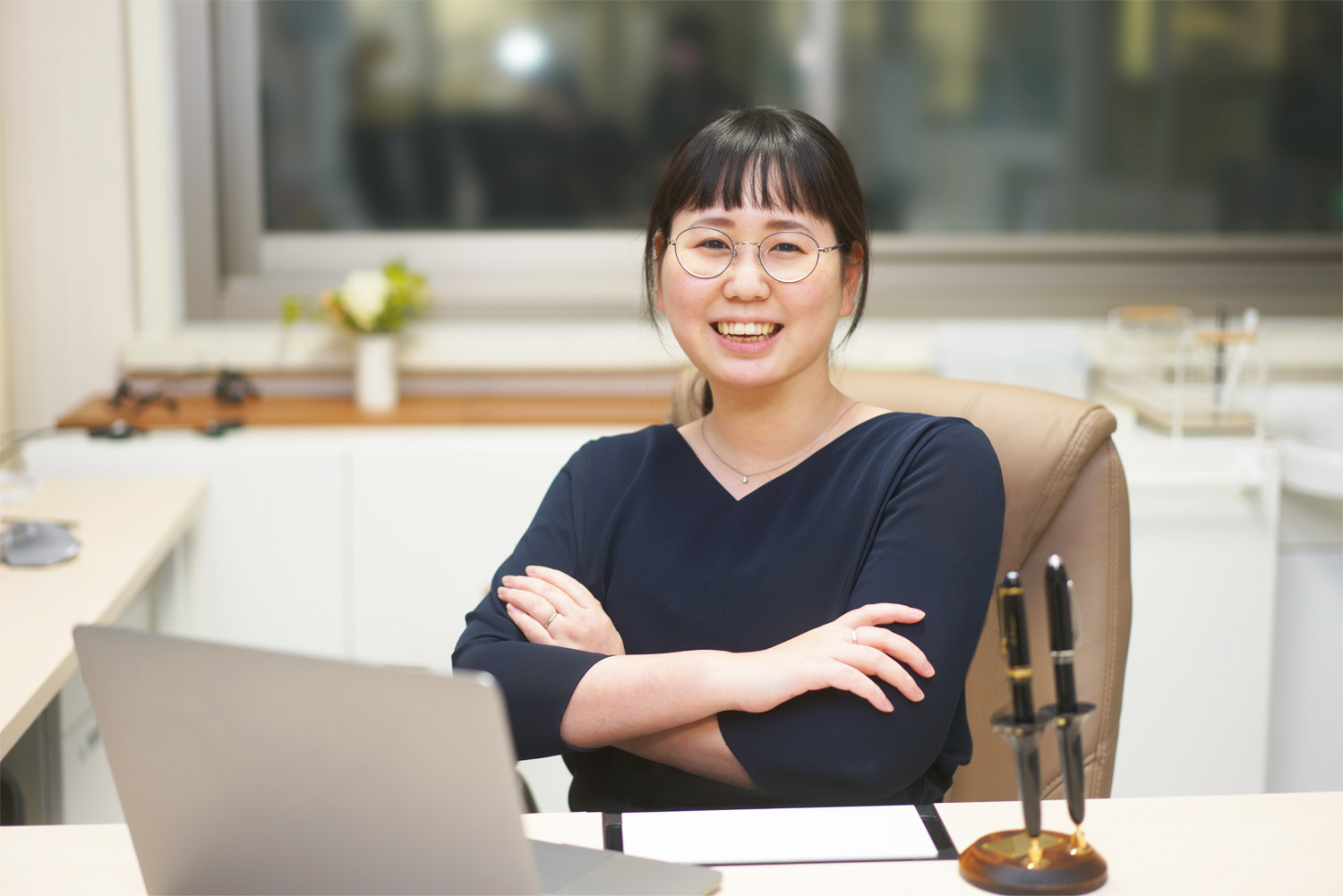
Assistant Professor: Anna Miyayasu (Department of Advanced Biomaterials)
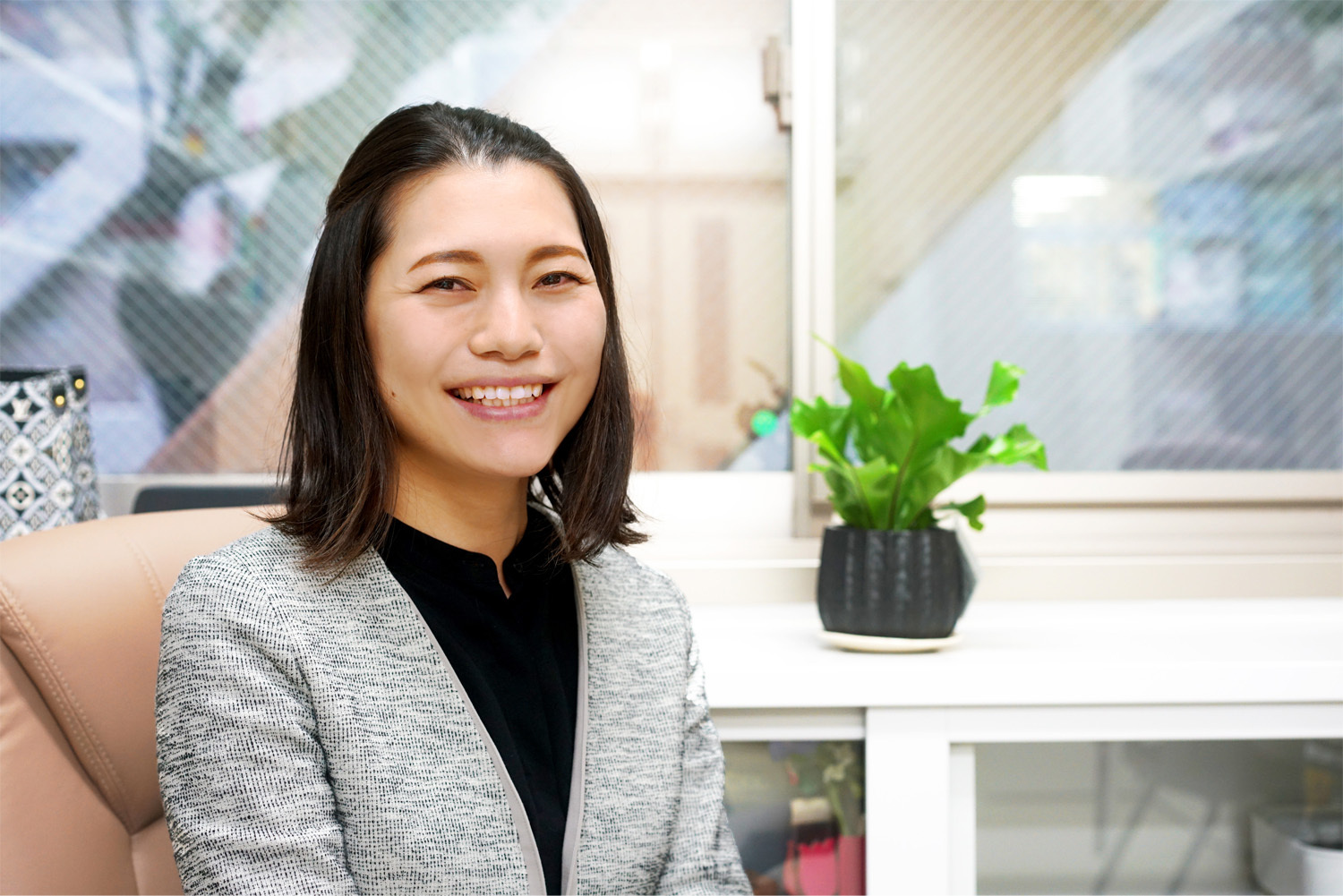
RPD: Tamaki Hada
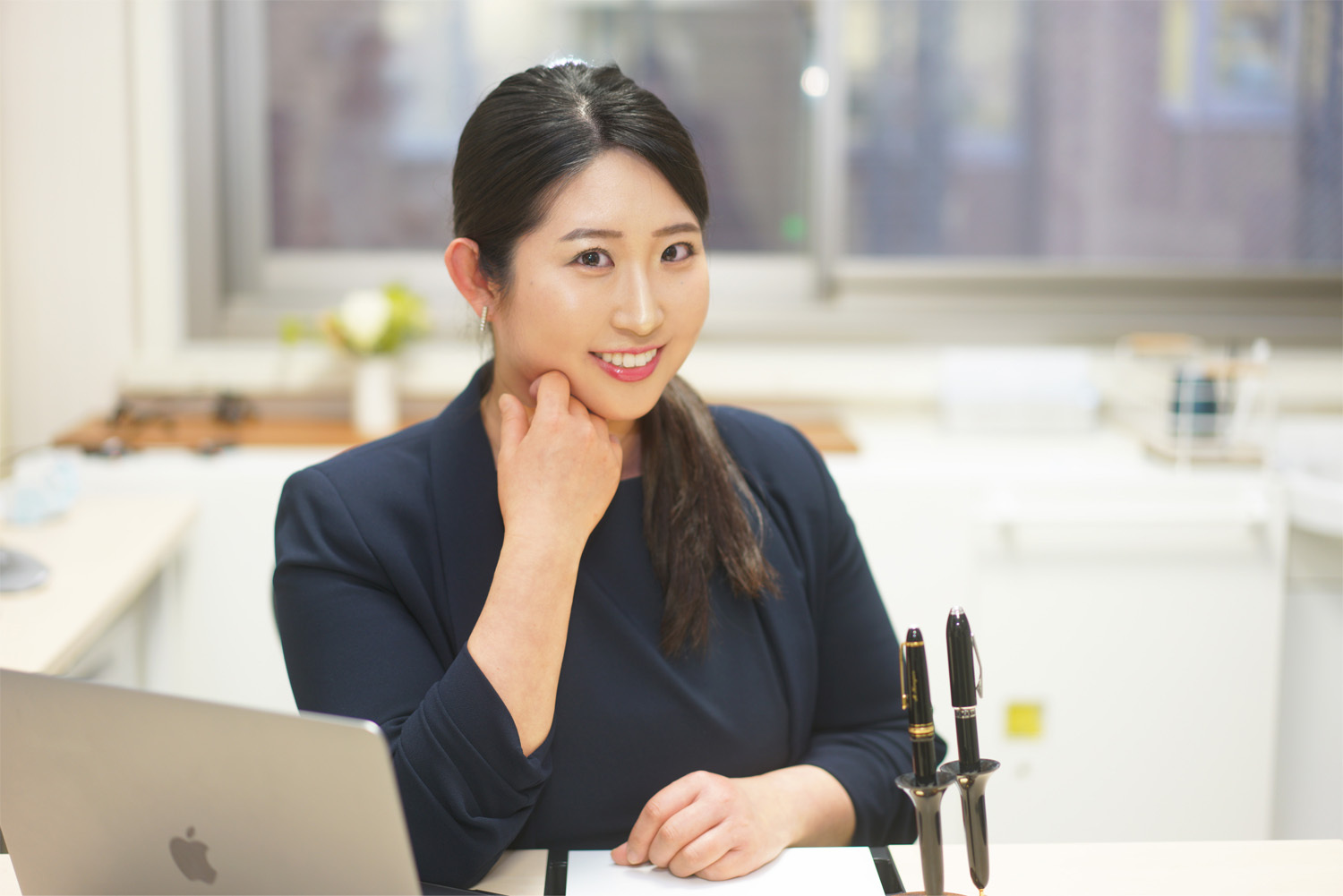
Graduate School Students: Ha Roubing (Department of Advanced Biomaterials)
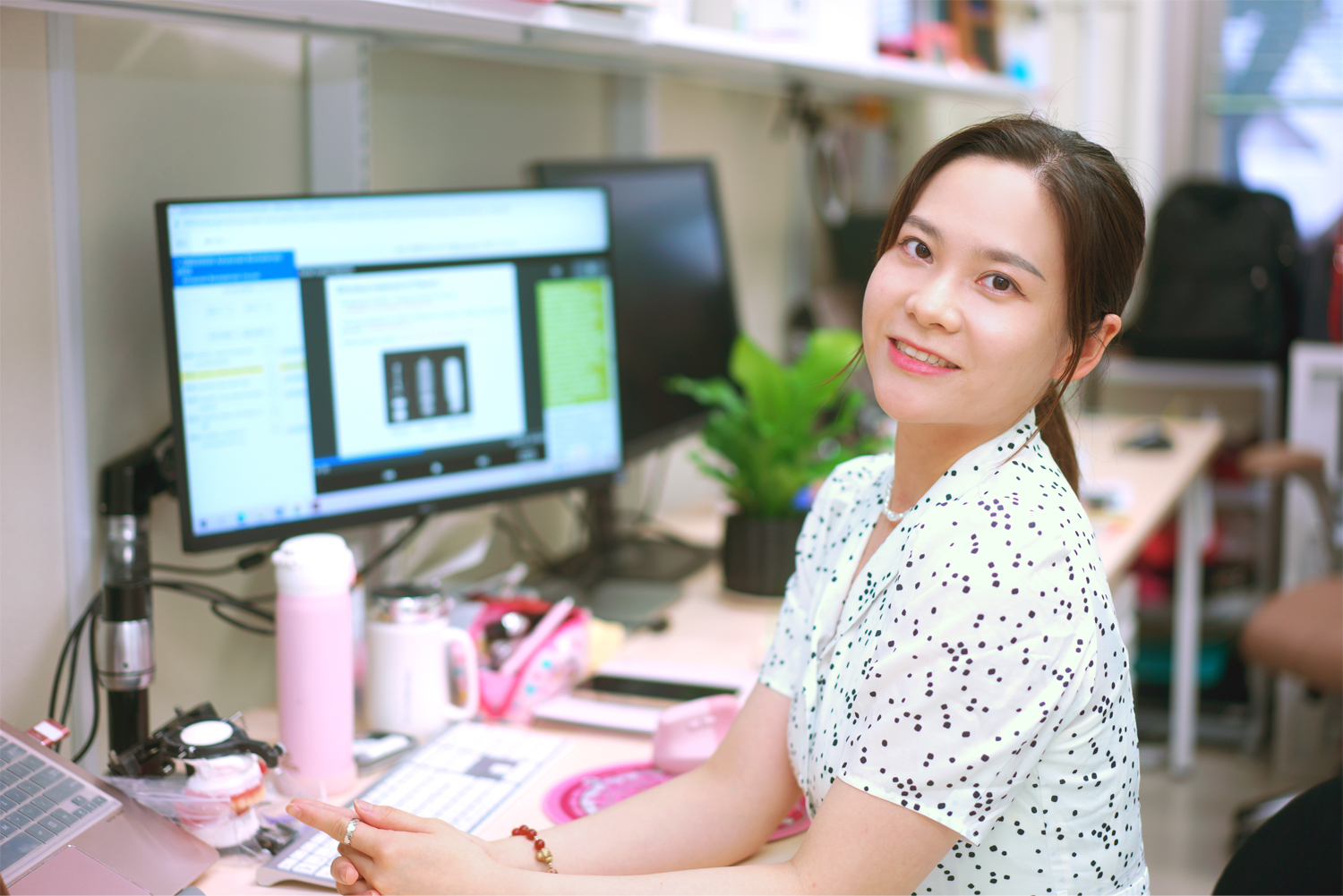
Graduate School Students: Mirai Nakayama
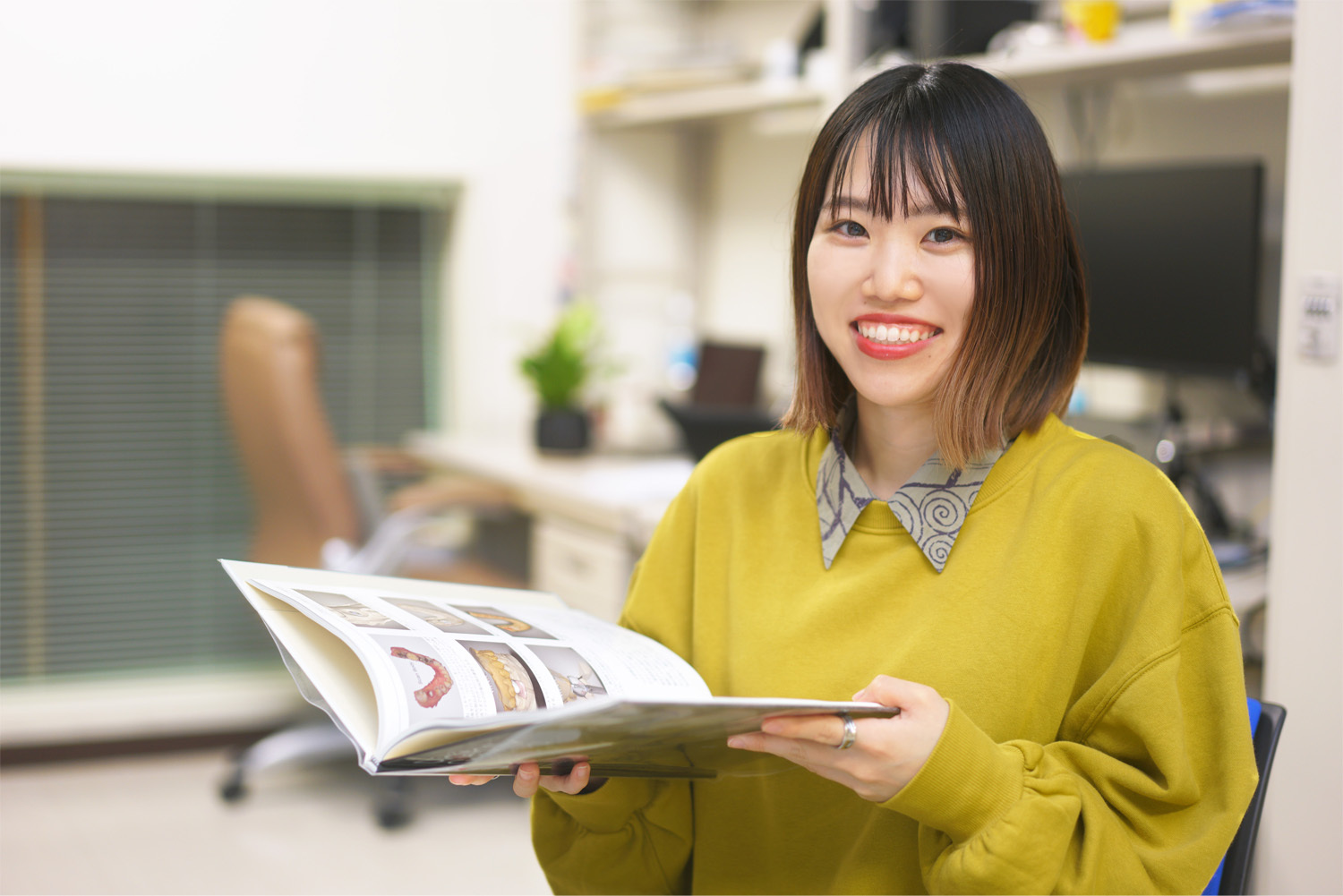
Graduate School Students: Nanaka Hayashi
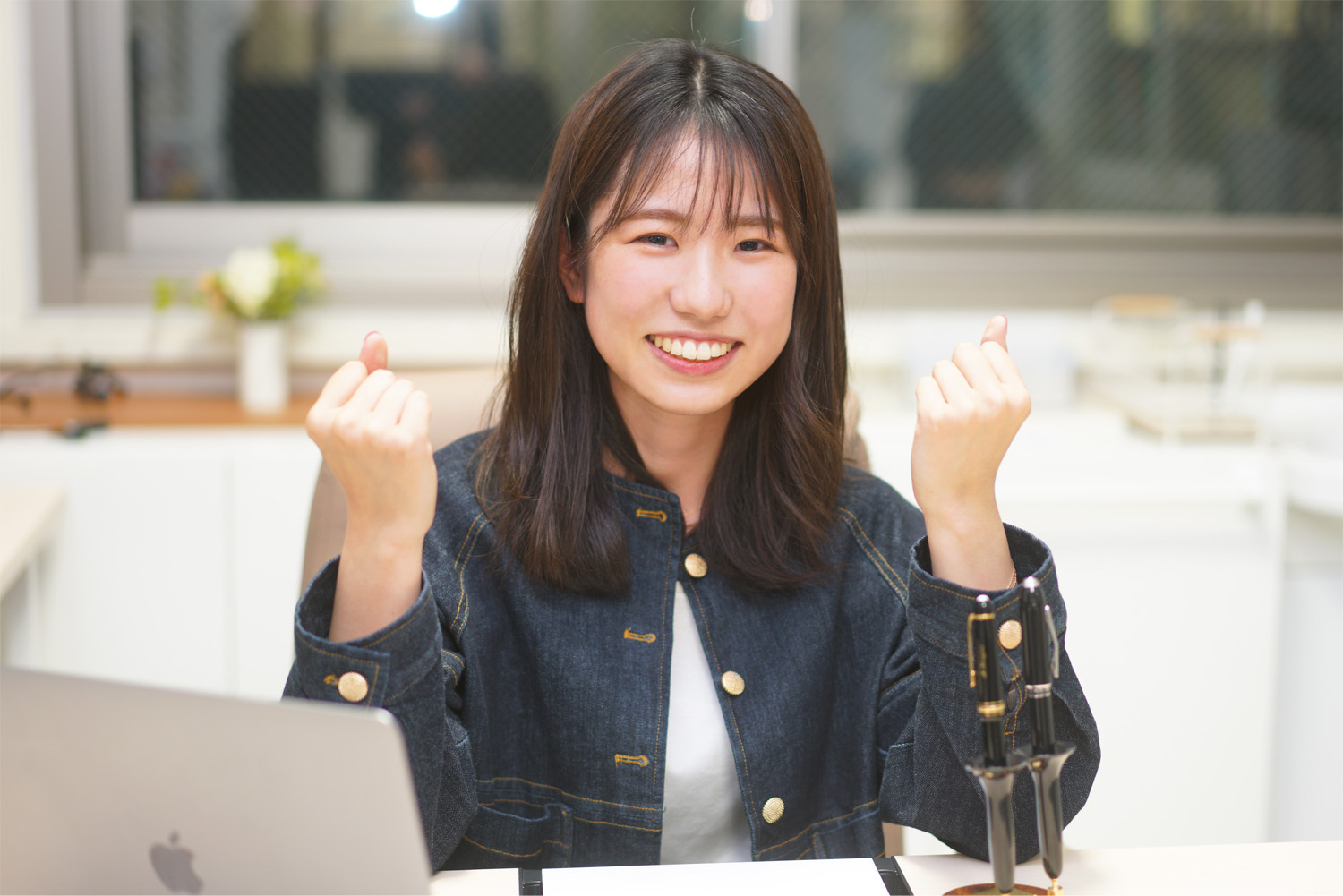
Research
Milled Complete Base Denture
Traditional complete denture manufacturing entails a high number of visits, varying treatment quality due to dentist competence variances, and contamination resistance issues due to the use of acrylic resin. To address these issues, we developed a denture fabrication process based on CAD/CAM technology that reduces the number of visits, improves treatment quality uniformity, and improves the physical qualities of dentures. We invented the TMDU custom disk method, in which a personalized disk is generated for each patient and the denture base is milled as a single piece with artificial teeth. This custom disk is the subject of a patent application. The digital denture fabrication process we've developed incorporates a workflow that starts with an intraoral scanner optical impression of the edentulous jaw crest, then denture design and fabrication on a computer. To further digitalize the process, we intend to integrate AI-assist in denture design in the future. In addition, the company collaborates with manufacturer of milling machine and cutting tool on the creation of milling discs, which are required for milling digital dentures, as well as the verification of acceptable milling machine settings.
Digital partial denture
We developed a method for fabricating a custom plate for partial dentures in which a metal frame created using the SLM method and ready-made artificial tooth is embedded for each patient by adapting the TMDU custom disc method for complete dentures. This allowed for the milling of the artificial tooth, metal frame, and denture base all in one piece, overcoming the issues with traditional digital partial dentures. Dry milling machine is used to create this digital partial denture, but a wet milling machine might be utilized to create partial dentures of any size in the future. In the future, appropriate designs for custom plates will be considered, and fabrication of partial dentures for various defect configurations is assessed.
Implant overdenture
We began our clinical research of implant overdentures (IOD) in 2008 at Tokyo Medical and Dental University Hospital, and we now have over 100 patients, with the longest case being followed for over ten years. To date, the following IOD studies have been conducted.
1)Prospective clinical study of 2-IOD using ball attachment (2008-)
2)RCT comparing normal and immediate loading of 2-IOD using magnetic attachments (2011-)
3)Prospective clinical study of mini-IODs using mini-implants(2013-2014 McGill University)
4)Prospective clinical studies of 1-IOD (2015-)
5)Joint clinical research with Showa University on implant-assisted partial denture (IARPD) (2017-)
6)Model experiments on IOD implant placement location and denture movement
We plan to conduct clinical research of 2-IOD employing two implants as the maintenance source in the maxilla as well as in the mandible to establish evidence.
1)Prospective clinical study of 2-IOD using ball attachment (2008-)
2)RCT comparing normal and immediate loading of 2-IOD using magnetic attachments (2011-)
3)Prospective clinical study of mini-IODs using mini-implants(2013-2014 McGill University)
4)Prospective clinical studies of 1-IOD (2015-)
5)Joint clinical research with Showa University on implant-assisted partial denture (IARPD) (2017-)
6)Model experiments on IOD implant placement location and denture movement
We plan to conduct clinical research of 2-IOD employing two implants as the maintenance source in the maxilla as well as in the mandible to establish evidence.
Medical device program
Software intended for illness diagnosis and treatment can now be sold on a stand-alone basis and is regulated as a "medical device program," thanks to the passage of legislation in 2014. This has resulted in the development of medical device programs in a variety of fields. We are currently developing applications (medical device programs) to support oral myofunctional therapy for patients with malocclusion and periodontal disease treatment in our department, and we intend to test their clinical effectiveness, including synergistic effects, with face-to-face examinations.

